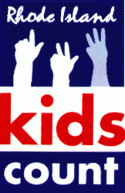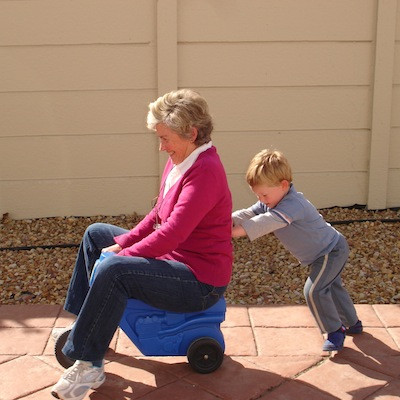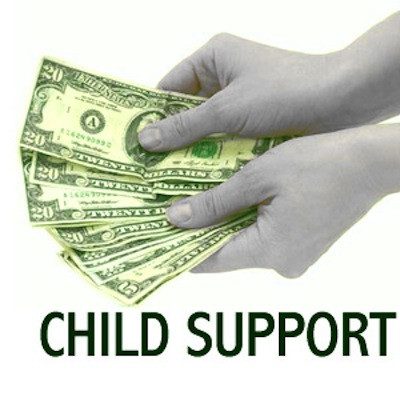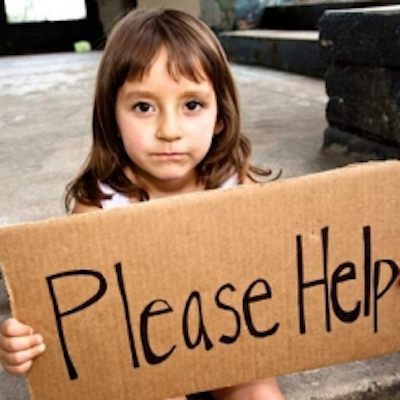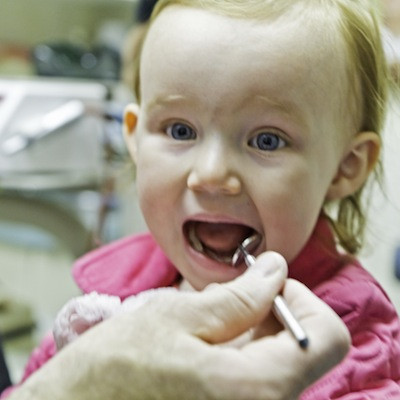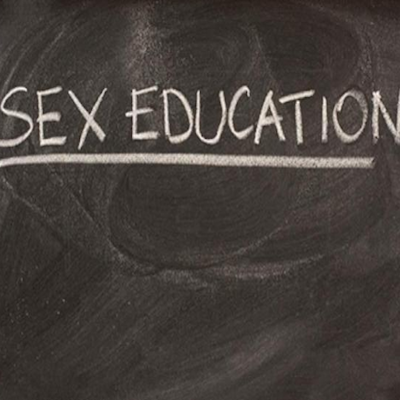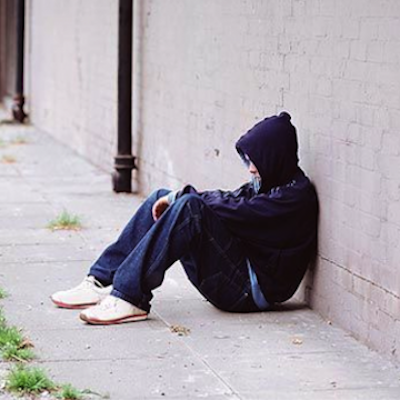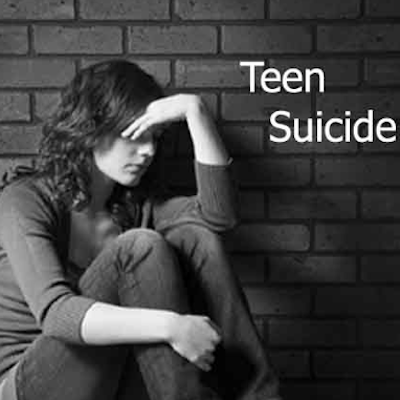Kids Count’s 20th Factbook: 20% of RI Youth Living in Poverty
Monday, April 07, 2014
Rhode Island's Kids Count has released its 20th Annual Factbook on the status of Rhode Island's children - and reports that of the state's approximately 224,000 children, nearly 20% -- 41,645 -- are living in poverty.
"We know that poor children do worse in the areas we cover," said Elizabeth Burke Bryant, Executive Director of Kids Count. "Early intervention is key -- not waiting until it gets to a serious level, especially in the arena of mental health. It's the wise investment of early education, versus remedial education down the line."
See Key Findings from 2014 Factbook BELOW
The Factbook charts improvements and declines in the well-being of children and youth across the state and in each of Rhode Island's 39 cities and towns, and provides the latest available data on 70 different aspects of children's lives from birth through adolescence -- up from 22 indicators when the Factbook was first produced 20 years ago.
GET THE LATEST BREAKING NEWS HERE -- SIGN UP FOR GOLOCAL FREE DAILY EBLAST"We all know we have a lot more work to do -- too many children still living in poverty, not enough food to eat, not adequate housing," said Bryant. "The main theme is evidence based approaches to turning these indicators around. "It really is a pay now, or pay later."
Improvements, Challenges in Latest Report
Burke Bryant noted some of the positives reported in the 2014 Factbook.
"We continue to see some good news in health measures," said Bryant. "Following national trends, we've seen the average teen birth rate decline. In Rhode Island, the average five year rate declined 24%, from 30.7 per 1000 girls between 2004 to 2008, to 23.3 per thousand girls between 2008 and 2012."
"That is important, because we know that if we want our economy to get back on track, we see that as a proximate measure of how things are going in terms of education, getting word out to young people to delay parenting, go on with our schooling. That's important both in Rhode Island, and nationally."
Bryant noted that more children were receiving heath insurance, but that challenges remain.
"We're excited that 94% of children are covered, but our work isn't done," said Bryant. "Of the children that are uninsured, 70% could qualify for RIte Care, which is around 10,000 children. We need to be doing more."
In the area of education, Bryant said, "The good news is we're showing progress in the high school graduation rate -- at 80% graduating on time, up from 77% for 2012 and 2011, and up from 70% for class of 2007. And we're seeing progress in reading efficiency by end of 3rd grade, which is a predictor of high school graduation."
Challenges Ahead
"We continued to show disparities by race and ethnicity," said Bryant. "In terms of poverty -- minority children are more likely to be living in poverty. Between two-thirds and three-quarters of our low income children live in the core urban areas."
"Between 2010 and 2012 in Rhode Island, 20% of all children -- 54% of Native
American children, 40% of Hispanic children, 39% of Black children, 22% of Asian children, and 14% of White children -- in Rhode Island lived in families with incomes below the federal poverty level," said Bryant.
"We know that achievement gaps appear early. Lower income students in Kindergarten are up to 18% behind their more advantaged peers. We need access to early, pre-K education," said Bryant. "We're making progress. Our state pre-K is high quality, but it only serves a fraction of the population, and 35% of children eligible for Head Start are participating.
Kinte Howie, a junior at Classical High School in Providence, and co-chair of the board of Young Voices, was asked to take part in the Kids Count Factbook release Monday morning, and offered his perspective on the challenges facing Rhode Island's youth.
"Our schools are falling apart, structurally and metaphorically. The buildings more resemble places of strict order and discipline than places of interactive learning and hands on experiences," said Howie. "We need to have schools that are student-centered, where students have ownership over their learning, where learning is personalized to the student and they are measured on their mastery of important 21st Century skills. We need effective changes that will excite the students for learning and a new school day."
Partners on 20 Years of Data
Kids Count's partners include the Annie E. Casey Foundation, the United Way of Rhode Island, and the Rhode Island Foundation -- as well as Prince Charitable Trusts, Alliance for Early Success, Robert Wood Johnson Foundation, DentaQuest Foundation, Jessie B. Cox Charitable Trust, Hasbro Children’s Fund, CVS Caremark, Community Catalyst, Neighborhood Health Plan of Rhode Island, Blue Cross & Blue Shield of Rhode Island, Delta Dental of Rhode Island, and Ocean State Charities Trust
Anthony Maione, President and CEO of the United Way of Rhode Island, spoke to its importance for the organization -- and the community
"Twenty years ago, as an initial investor we saw the promise of Kids Count in our community. Today, we continue to support and rely on Kids Count in our public policy programs and funding decisions," said Maione. "Whenever we have a question about children and data, the Factbook is the first resource we reference. And, almost every grant application that we receive that involves the needs of children includes data cited from the Factbook."
"By consistently and accurately presenting gains and challenges over the years, Kids Count has positively impacted the Rhode Island Foundation's agenda and actions. Most recently we have partnered for the Race to the Top grants, the school funding formula, expanding childhood education, and with primary health care needs," said Neil Steinberg, President of the Rhode Island Foundation. "While we are optimistic about the improvements we have seen over 20 years, Elizabeth has worked closely with us to highlight the disparities that still exist among children in Rhode Island and that must be addressed to insure the successful future of the state."
Young Voices' Howie spoke to how students at the organization were working to add their own perspective and evidence to the conversation."
"We youth in Young Voices are working to improve some of the most concerning statistics in the Factbook—the high absenteeism and graduation rates in our schools. We have been partnering closely with the Providence Superintendent and other district leaders, offering student-driven solutions for increasing attendance and graduation rates," said Howie. "This is a new resource for policy-makers---comprehensive data collected by students themselves, from extensive dialogue with our peers, giving new information on how to increase attendance and graduation rates."



